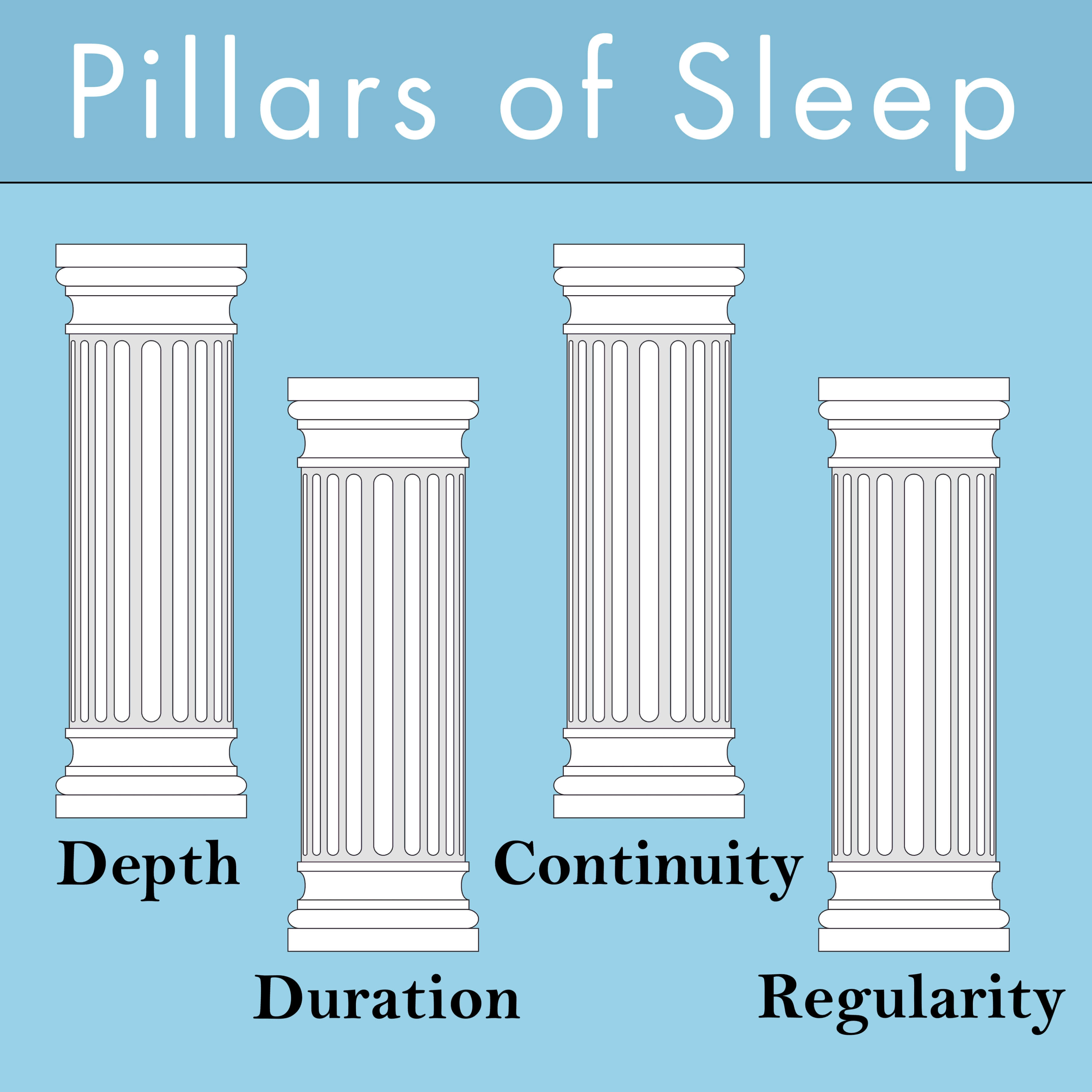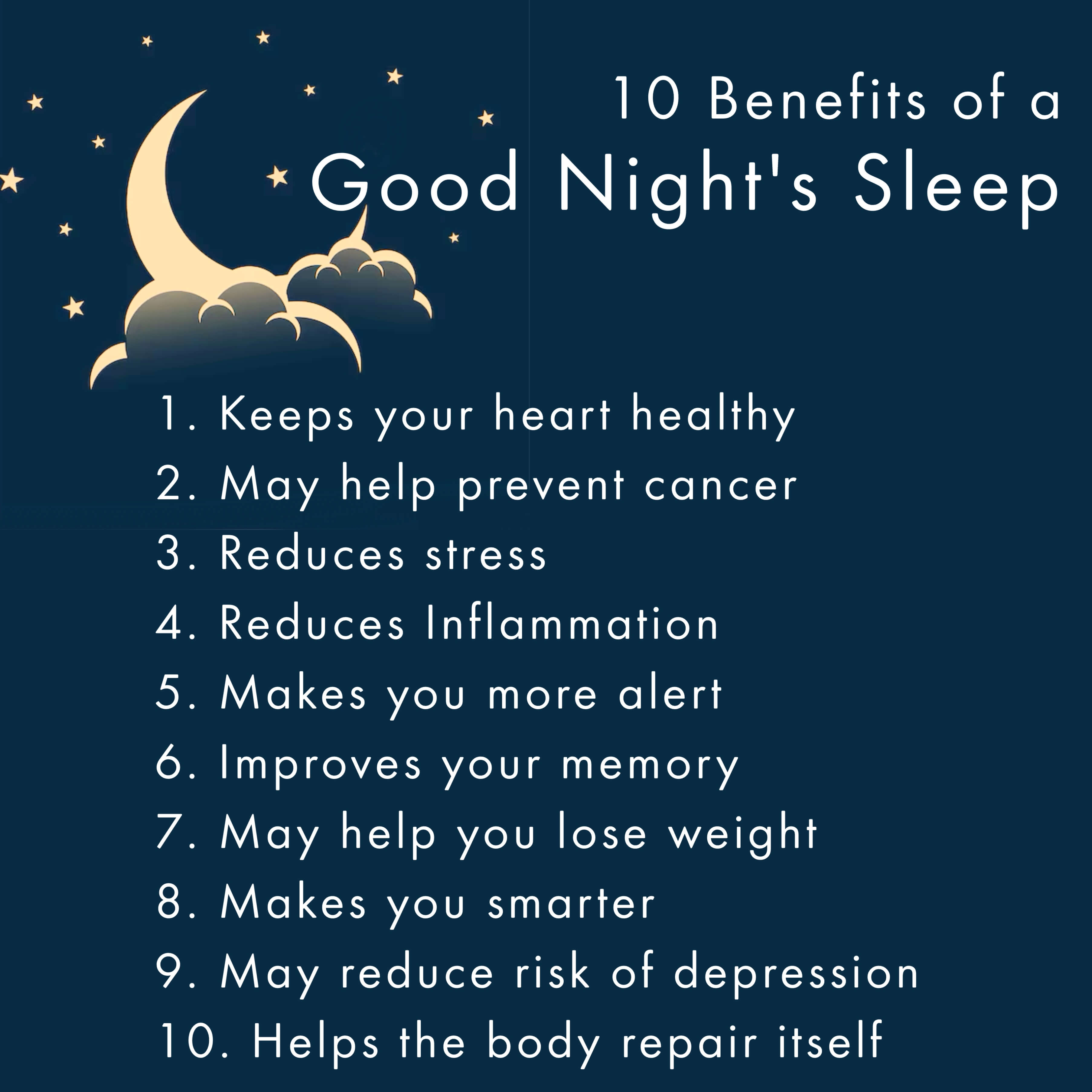Could You Have Sleep Apnea?
Sleep apnea can impact your health in more ways than you realize. Take our quick, confidential quiz to find out if you're at risk and learn the next steps to improve your sleep and overall well-being.

Oral Appliance Therapy
The American Sleep Disorder Association endorses oral appliance therapy as an acceptable treatment modality for snoring and sleep apnea. The largest number of patients who currently suffer from sleep apnea are in the mild to moderate categories and can be treated with oral appliances.
Even though treatment with the CPAP machine is extremely successful, there are a number of patients who cannot or choose not to wear the face mask with the attached air compressor.For these patients, oral appliances provided by a dentist trained in dental sleep medicine are proving to be an excellent treatment option. There are two types of oral appliance currently available for the treatment of sleep apnea:
- Tongue retaining appliance
- Mandibular (lower jaw) advancement device
Oral appliance therapy is an effective treatment option for snoring and obstructive sleep apnea (OSA). A custom-fit oral sleep appliance can improve your sleep, restore your alertness and revitalize your health. Here is a guide to help you get started with this life-changing treatment.
About Oral Appliance Therapy
Oral Appliance Therapy (OAT) is a non-invasive treatment option for obstructive sleep apnea (OSA) and, in some cases, snoring. This therapy involves the use of a custom-made oral appliance, also known as a mandibular advancement device (MAD) or mandibular repositioning device (MRD), which is worn during sleep.

An oral appliance fits like a sports mouth guard or an orthodontic retainer. It works by repositioning the lower jaw and tongue to keep the airway open. This helps prevent the collapse of soft tissues that leads to breathing interruptions in obstructive sleep apnea. The appliance is individually designed for each patient. It is crafted to fit comfortably and effectively address the specific anatomical features contributing to sleep apnea. Research shows that oral appliance therapy is an effective treatment option for snoring and obstructive sleep apnea.
Advantages of Oral Appliance Therapy
Oral appliance therapy is an effective, non-invasive treatment that fits easily into your lifestyle. Patients like oral appliance therapy because it is:
- Comfortable
- Easy to wear
- Quiet
- Portable
- Convenient for travel
- Easy to care for
It’s important for individuals considering Oral Appliance Therapy to undergo a thorough evaluation by a sleep specialist and a qualified dental professional. The selection of the most suitable oral appliance and ongoing monitoring contribute to the effectiveness and success of this treatment approach.
To find out more about oral appliance therapy and how your dentist can help in treatment of snoring and sleep apnea, Contact Seattle Sleep and Smile today! You can rest easy knowing there is relief from your condition.
Other Approaches
Lifestyle Modifications:
- Weight management - losing excess weight can reduce the severity of obstructive sleep apnea (OSA).
- Positional therapy - Changing sleep positions, such as sleeping on the side instead of the back, may help in some cases.

Continuous Positive Airway Pressure (CPAP) - CPAP is a common and highly effective treatment for moderate to severe sleep apnea. It involves wearing a mask over the nose or mouth during sleep, and a machine delivers a continuous stream of air to keep the airway open.
Surgery - Surgical options may be considered when other treatments are ineffective or inappropriate. Surgical interventions can include uvulopalatopharyngoplasty (UPPP), genioglossus advancement (GA), maxillomandibular advancement (MMA), and others.
Inspire Therapy - Inspire is an implantable device that stimulates the hypoglossal nerve to prevent airway obstruction during sleep. It is considered for certain cases of moderate to severe obstructive sleep apnea.
Treatment decisions are individualized based on factors such as the severity of sleep apnea, the presence of other health conditions, and patient preferences. It is crucial for individuals with sleep apnea to work closely with healthcare professionals to determine the most suitable treatment plan for their specific needs.